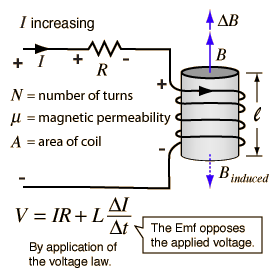Mr Clean Bitt
Thanks Mr Clean for all of the fun you offer on YOUTUBE
Bi-Toroid: MetGlass Powerlite Cores, Testing For Input Current Drop, Strong Performance Maintained - YouTube

Thanks Mr Clean for all of the fun you offer on YOUTUBE
Bi-Toroid: MetGlass Powerlite Cores, Testing For Input Current Drop, Strong Performance Maintained - YouTube




 Of course we all know the answer (HIGHER FREQUENCIES)
Of course we all know the answer (HIGHER FREQUENCIES)




Comment